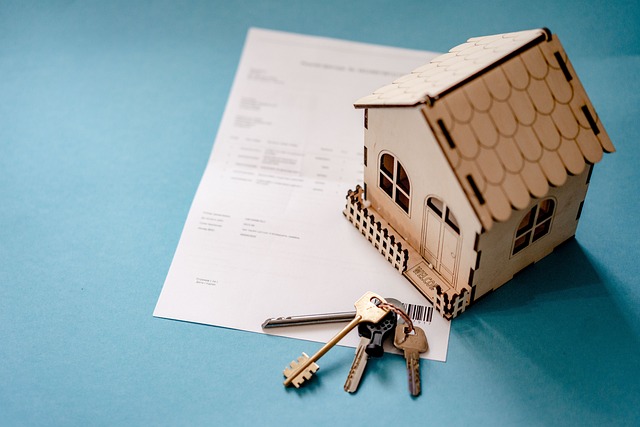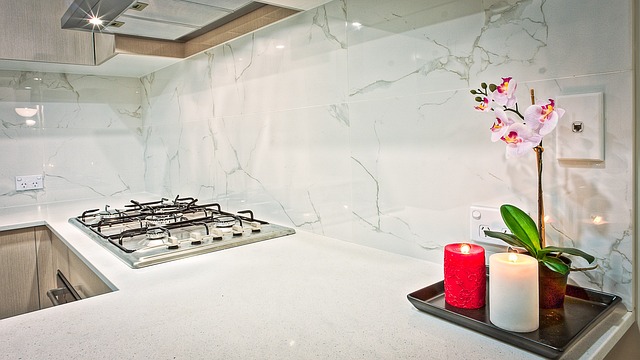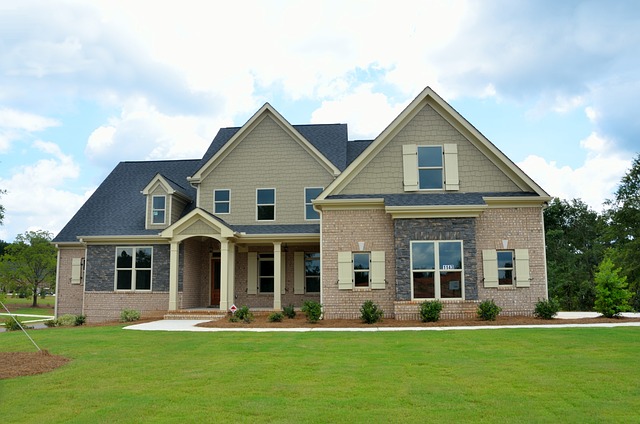First-time buyers interested in sustainable housing have an exciting opportunity with EC (Economic Census) Projects, aligning with upcoming Ec 2025 goals focusing on energy efficiency and eco-friendly practices. These projects reduce carbon footprints, offer long-term financial benefits, and promote a greener future. Eco-friendly construction gains momentum due to environmental awareness and smart economics, with advantages like enhanced energy efficiency, reduced costs, and government incentives. Developers must balance sustainability and affordability to make green homes accessible. Upcoming Ec 2025 trends include advanced material science, smart home automation, and off-grid solutions, appealing to first-time buyers. Securing an eco-affordable home involves researching market rates, exploring incentives, seeking expert advice, and inspecting energy-efficient features during viewings.
“Enter the world of eco-affordable housing, a growing trend among first-time buyers seeking sustainable and budget-friendly options. This guide navigates the essentials of EC (Eco-Friendly Construction) projects tailored for beginners, exploring benefits like energy efficiency and reduced environmental impact. We delve into challenges, from cost management to material choices, and highlight upcoming innovations expected in 2025. By understanding these factors, aspiring homeowners can take practical steps towards securing their first green haven.”
- Understanding EC Projects for First-Time Buyers
- Benefits of Eco-Friendly Construction in Today's Market
- Challenges and Considerations for Affordable EC Projects
- Upcoming Trends and Innovations in EC 2025
- Practical Steps to Secure Your First Eco-Affordable Home
Understanding EC Projects for First-Time Buyers

For first-time buyers, entering the world of EC (Economic Census) projects can seem daunting, but it offers a unique opportunity to invest in sustainable and affordable housing. EC Projects, with their focus on environmentally conscious design and construction, align perfectly with the upcoming Ec 2025 goals, which prioritize energy efficiency and eco-friendly practices. These initiatives are not just about reducing carbon footprints; they offer long-term financial benefits through lower utility costs and increased property values.
Understanding EC Projects involves grasping their core principles, such as the use of sustainable materials, efficient water management systems, and renewable energy sources. By embracing these concepts, first-time buyers can contribute to a greener future while securing investments that are likely to appreciate over time. With upcoming developments targeting 2025, there’s never been a better moment to explore EC Projects as a viable and responsible option for entering the real estate market.
Benefits of Eco-Friendly Construction in Today's Market

In today’s market, eco-friendly construction projects are gaining significant traction, driven by both environmental consciousness and economic practicality. The benefits of green building extend far beyond sustainability, offering cost savings for homeowners and investors alike. As we approach Upcoming Ec 2025, these advantages are becoming increasingly evident.
Energy efficiency is a key benefit, with eco-friendly homes designed to optimize natural light and insulation, reducing energy consumption and utility bills. Furthermore, green building materials often have lower production and transportation costs, making them more affordable in the long run. Moreover, many governments offer incentives and subsidies for environmentally conscious construction projects, further enhancing their economic viability.
Challenges and Considerations for Affordable EC Projects

The journey into eco-friendly construction (EC) for first-time buyers is an exciting yet challenging endeavor, especially with the upcoming EC 2025 goals. One of the primary obstacles is balancing sustainability with affordability. As the demand for environmentally conscious homes grows, developers must navigate the complex task of creating projects that are both cost-effective and eco-friendly without compromising quality. This requires a meticulous approach to design, material selection, and construction methods.
Additionally, ensuring accessibility for first-time buyers within these sustainable projects is crucial. It involves strategic pricing strategies, diverse financing options, and potentially government incentives to make green homes more attainable. With careful planning, these challenges can be transformed into opportunities, paving the way for a greener and more inclusive housing market by 2025 and beyond.
Upcoming Trends and Innovations in EC 2025

The year 2025 is on the horizon, and the ecosystem (EC) is poised for a significant evolution. Upcoming EC 2025 trends indicate a focus on sustainability and technology integration, making eco-friendly projects more accessible and appealing to first-time buyers. Innovations such as advanced material science and construction methods are expected to reduce environmental impact while minimizing costs, addressing a key concern for entry-level buyers.
Smart home automation is another area that will see substantial growth, with integrated systems becoming the norm rather than the exception. This trend aligns perfectly with the rise of remote work and changing lifestyle preferences. Moreover, off-grid solutions and renewable energy sources are expected to gain traction, offering potential homeowners greater independence and long-term cost savings, making sustainable living more achievable for all.
Practical Steps to Secure Your First Eco-Affordable Home

Securing your first eco-affordable home is an exciting journey, especially with upcoming EC 2025 initiatives promising greener and more sustainable living options. Here are practical steps to guide you:
1. Define Your Budget: Begin by understanding your financial capabilities. Research current market rates for eco-friendly properties in your desired locations. Consider factors like energy efficiency standards that might impact prices, but remember, these homes often offer long-term cost savings due to reduced utility bills.
2. Explore Government Schemes and Incentives: Stay informed about government programs aimed at promoting eco-housing. These could include subsidies, tax benefits, or grant schemes for first-time buyers opting for energy-efficient homes. The upcoming EC 2025 targets might also unlock new opportunities, so keep an eye on local news and official announcements.
3. Seek Professional Advice: Consult with real estate agents who specialize in eco-properties. They can offer valuable insights into the market and assist you in finding suitable options within your budget. Mortgage advisors can also help structure finances to make your dream home more accessible.
4. Inspect and Assess: When viewing properties, pay close attention to energy-efficient features like insulation, window treatments, and renewable energy sources. These details can significantly impact running costs. Ensure the home meets current green building standards and consider its long-term potential for resale value in the evolving market.
